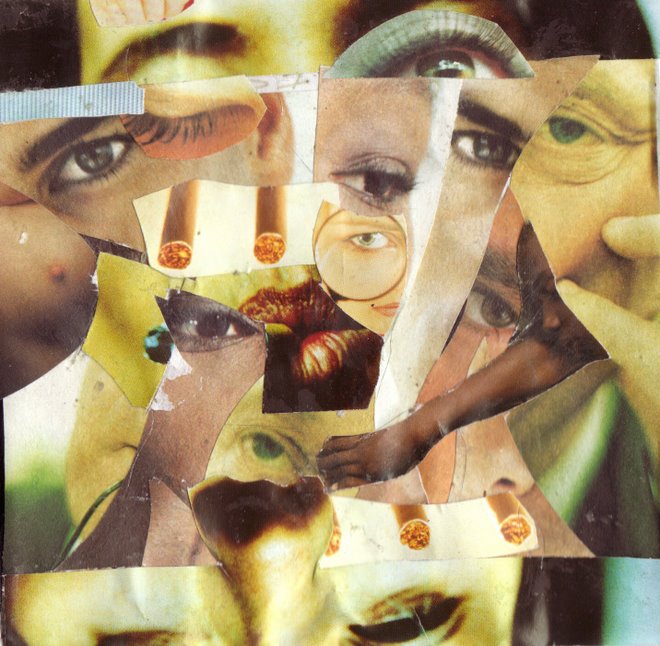Don Cherry - Scandinavian Radio Sessions 1965-1971

Responding to another request, from blogger chum Sotise, this is a set of three separate radio broadcasts, featuring Don Cherry with a large band, in a smaller setting and finally with a smaller jazz group.
The first set, from 1971, has a large group setting with Cherry playing with Danish musicians. Listening to it, the Eastern influence is quite noticeable, whether it is from Indonesian gamelan or Indian classical vocal and instrumental traditions, but still mixed in with the Western jazz heritage. It is somewhat reminiscent of similar experiments with John Tchicai and Cadentia Nova Danica, George Russell and the Jazz Composers Orchestra Association taking place at the time.
Don Cherry & Opportunity
Danish Radio Studios, Copenhagen 1971-05-21
1. Ying Yang
2. The Whole World Catalogue
3. The Celestial Reflection
Don Cherry: cornet, piano, vocals, shells, percussion
Erik Tenzier, Lars Taageby & Niels Riskjaer: trumpets
Erling Kroner & Kjeld Ipsen: trombones
Michael Hove: alto sax
Knud Bjørnøe, Jesper Nihau & Jesper Thilo: tenor saxes
Flemming Madsen: baritone sax
Torben Munch: guitar
Kasper Winding, Bent Clausen & Claus Nordby: drums
Bo Stief: bass
Thomas Clausen: keyboards
Palle Mikkelborg: conductor
The second set is a collaboration with Terry Riley, well-known for exploring minimalistic, drone-based sound suites, again very often with a strong Eastern influence, and Riley has continued to work with Indian musicians up to the present date, including the concert I attended a couple of years ago. This music was made around the time of the "Rainbow in Curved Air" lp and on the lp as well as here Riley switches between soprano sax and organ, one side for each. Cherry and the group stays close to the pulse of the pieces, resulting in a very intimate, low-key set. Special! According to the info file, Cherry and Riley had met in Sweden a few days earlier, and Riley invited Cherry along for this session. Apart from a short rehearsal the night before it was the first time they played together. The session took place in complete darkness, the musicians seated in a circle on the studio floor
Terry Riley with Don Cherry
Studio session for "Tambourinen", Copenhagen, September 1970
4. untitled I
5. untitled II
6. untitled III
Terry Riley: soprano sax on I & III, organ on II
Don Cherry: pocket trumpet, wood drum on II
Knud Bjørnøe: flute on I & II, drum on III
Jesper Zeuthen: soprano sax on I, tenor sax & tambourine on II, wooden flute on III
Poul Ehlers: bass on I & II, cello on III
The final set, a fairly straight bop date, was recorded in Stockholm back in 1965. Mostly with visiting musicians, this is a lively set of fairly short tunes, providing a counterpoint to the introspection of the former set. Listening to all three sets jointly, you do get a sense that that Cherry was slowly moving away from the jazz idiom towards exploring contacts with non-western musical traditions. That tendency was to continue with Codona which made several albums for ECM and into the 80s.
Don Cherry Quartet
Studio Session, Stockholm, September 1965
7. Elephantasy
8. O.C.
9. The Salad Of The Bad Young Man
Don Cherry: cornet
Brian Trentham: trombone
Cameron Brown: bass
Al Heath: drums
Kwame Ajucu (or Ojukwu): alto sax on Elephantasy



















.jpg)














